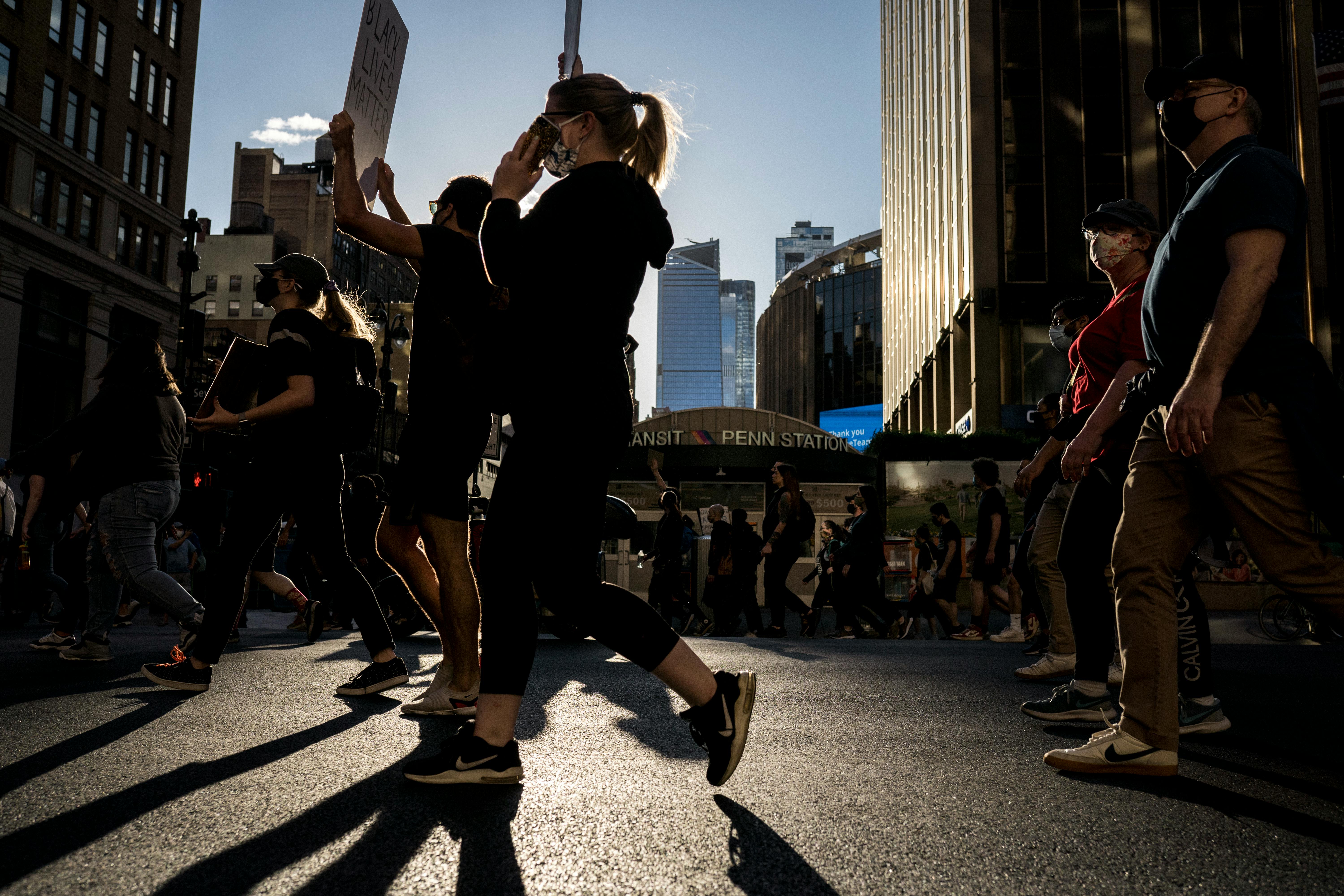Coca-Cola, Nike, Reebok, Adidas, UPS, McDonald’s, FedEx, Dairy Queen, Kodak. You may ask what these brands have in common. These brand names (and many others) represent registered trademarks. “That sounds expensive! How can I let the leading man in my movie drink a Pepsi and eat a slice of Dominos pizza for dinner? I’ll have to cover up all the labels.” Unfortunately, that’s how most filmmakers think. The idea that producers must get permission and shell out more of their dwindling production budget to use every label, sign, or bulletin board on their film isn’t entirely true. This concept is a very misunderstood notion of trademark law.
The important part of a registered trademark is what the mark stands for. A trademark stands for source: it identifies who made the products you are buying or who provided the services you are enjoying. So the big question remains: “Can I use someone else’s trademark in my film?”
The good news is that as a filmmaker, your right to put a trademark on your film is clear. You have the right to include the trademark in your film, as long as the trademark or product bearing the trademark is used in the way it was intended to be used without any consequence that its use is abnormal or unusual. Therefore, as long as a filmmaker uses a trademark or logo in the manner it was intended to be used, and does not disparage or tarnish the trademark or logo in their film, they may include such trademark or logo without asking permission to do so. Simple, right?
Like any other rule, there is always a caveat. You, as a filmmaker, have no right to commit commercial libel, even in the name of entertainment. Commercial defamation occurs when a product or service is falsely accused of some bad attribute. For example, if you show someone in your film eating a McDonald’s hamburger, that person immediately collapsed because the food was poisonous, that would defame the trademark.
Another important question that comes up goes something like this: “So if I can use a trademark on my film in a non-defamatory way, why would I want to pay a license fee to clean it up?” While the law doesn’t require the filmmaker to get permission to use these items in movies or TV shows, there may be some good business reasons to do so anyway. For example, broadcast television is an advertiser-supported medium. So, if you used Coca-Cola labels on all drinks, and these drinks are prominently displayed on your TV screen, you have essentially given Coca-Cola free airtime.
I don’t think the network that airs your show is too excited about giving away free airtime. Also, as a filmmaker, you may create more than one movie. By showing goodwill and possibly paying or asking permission to use a trademark in your current film, the trademark holder may be willing to support or even finance a portion of your project (assuming, of course, that the trademark holder liked the use of their product or trademark in the film). So while permission to use a logo or trademark may not always be necessary, it might make business sense to get permission anyway.
